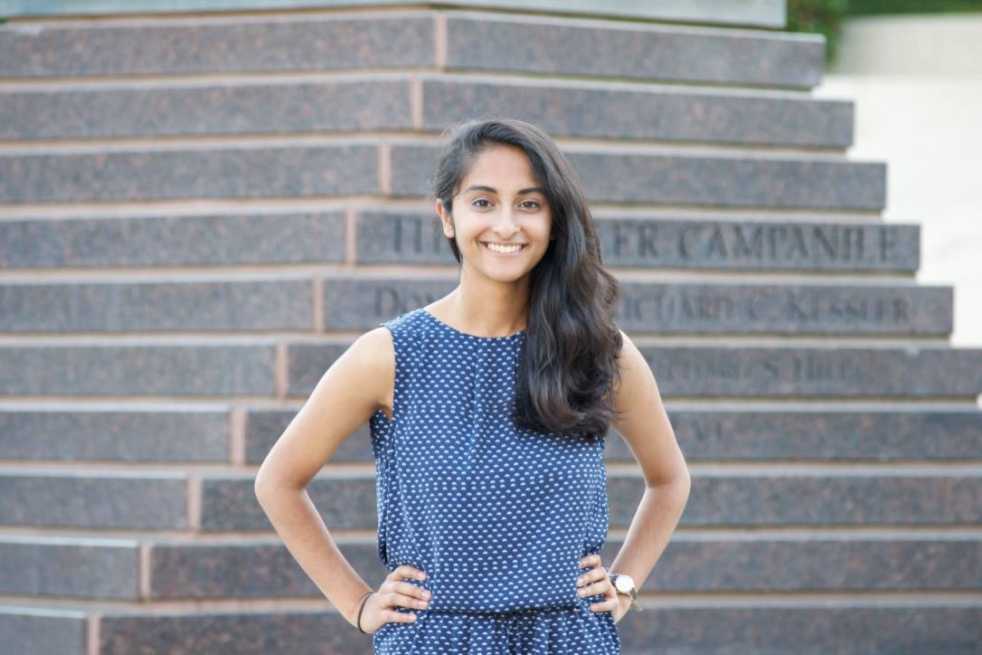Trust me, I love burgers. So much so, I spent this summer going to (almost) every burger joint in Atlanta to find the best burger, from Farm Burger to Yeah! Burger to Cypress Pint and Plate (Grindhouse wins). However, the point of this article isn’t to talk about my burger eating endeavors, but to bring to light a more controversial issue. I was recently exposed to a problem that I did not know existed until the end of this summer, an issue that if fixed could change the course of our planet for the better.
While transportation, factories and power plants are undoubtedly a concern for the massive amounts of pollution on our planet, there’s one trivialized factor that is a surefire contributor to earth’s quickly warming atmosphere and exponentially increasing carbon dioxide levels. Who’s to blame? Cows.
And not just cows, but the whole livestock industry, dairy included.
This isn’t to say that everyone should become a vegan, but to consider the basic principle of supply and demand. And because of this principle, the number of cows being farmed for meat is growing exponentially, and will only increase in proportion to the world’s rapidly growing population. In fact, meat production is projected to double from 229 million tons from 2001 to 465 million tons in 2050. According to the National Resources Defence Council, the production of beef causes 34 times more greenhouse gas pollution than producing legumes. This isn’t even including the cows farmed for milk production.
The world’s population is not getting any smaller and neither will the production of livestock if there isn’t a behavioral change among people who choose to consume meat. And while this is not everyone, a large portion of America’s culture includes overeating, to gorge oneself on meat and cheese, which also has effects other than just climate change. Edging towards a non-meat-based diet would also bring ethicality, humanitarianism and health back into society. The choice to cut down could be a win-win.
The destruction doesn’t just come from cow farts. It comes from waste disposal from the massive amounts of livestock being produced and the deforestation of rainforests for grain and soy production for cattle to be fed. Eighty percent of rainforests in Brazil are being destroyed for cattle grazing, and if we took the grain that we’re feeding to animals and turned it into food for humans, we could potentially alleviate poverty. We have to keep up and adapt to the changing demographic and climate. The earth isn’t what it was a century ago, and we have to realize that there is no way to sustainably raise enough cattle to keep up with the world’s demand for meat.
The same goes for dairy. Marcus Benedetti, the President of Clover Stornetta Dairy, said outright, “I think it’s too much to expect that the world can be fed with dairy in a sustainable way.” If this is coming from the president of a dairy production company, it must be time for change.
So why isn’t anyone talking about this? Why aren’t major environmental organizations speaking out? Why don’t we hear about it as much as we hear about buses and cars and planes polluting earth’s atmosphere? The answer is simple and selfish — it causes a disruption in the profits in the animal industry.
The purpose of this is to bring to light a factor of global warming that isn’t addressed as much as other factors like fossil fuels, but is rapidly becoming an equivalent in carbon emissions to all modes of transportation combined. There’s more to climate change than just fossil fuels. If everyone reduced their consumption of meat, perhaps we’d be able to push back humanity’s imminent demise. It’s something that can quickly (but not easily) be fixed, a sharp turn from the destructive course we’re on now.
